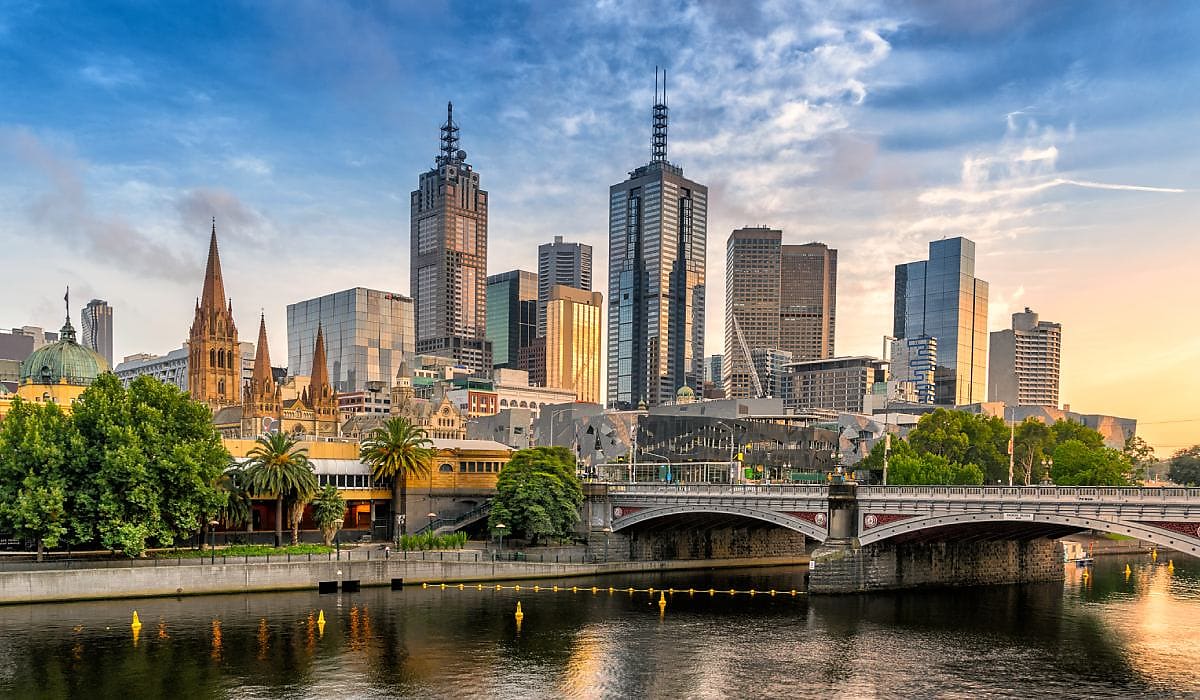Melbourne is now one of Australia’s cheapest capitals – here’s why
From government policies to tax settings, a lot has been blamed for Victoria’s housing slowdown – but the real story is more complex.

When the news dropped that Brisbane had overtaken Melbourne for median dwelling prices in June 2024, it came as a shock to many Australians.
Just four short years ago in 2020, the picture looked very different.
“At the onset of COVID in March 2020, Sydney had the highest median dwelling value, followed by Melbourne, the ACT and Brisbane. Perth was ranked seventh in terms of median dwelling value,” recalled Tim Lawless, research director at CoreLogic Australia.
“Fast forward to August 2024, and Melbourne’s median dwelling value, at $776,000, is ranked sixth lowest across the eight capital cities,” Lawless said. “The difference between Sydney and Melbourne’s median dwelling value is now 52.1 per cent, the largest differential between Australia’s two largest capitals since June 1999.”
How did this change so drastically in just four years? According to Lawless, it started with COVID.
Since the beginning of the pandemic, Australia saw “marked differences in net interstate migration trends, where strict, extended social distancing restrictions were a ‘push’ factor from Melbourne, while Brisbane, Perth and Adelaide likely benefitted from Melbourne departures.”
At the same time, Australia’s mid-sized capitals were coming off a prolonged period of comparatively slow housing growth.
“Housing affordability was far less stretched across the mid-sized capitals leading into the pandemic due to a prolonged period where values didn’t rise anywhere near as much as Sydney and Melbourne over the previous growth cycle,” said Lawless.
Since 2020, steep and rapid price growth in Perth, Adelaide and Brisbane has been “a key factor driving the shift in median dwelling value rankings.”
“Perth has led the pace of gains with a stunning 76.4 per cent rise in values since August 2019, Brisbane values are up 71.5 per cent, and Adelaide has surged by 70.8 per cent,” said Lawless.
In contrast, median dwelling values rose by 43.1 per cent in Sydney and 19.8 per cent in Melbourne over the same period.
While Perth and Adelaide were skyrocketing to eye-watering heights, Melbourne was continuing to see “far more dwelling completions than any other state or territory in the past decade.”
And not only was Melbourne building more homes overall, it was specifically building more units.
Currently, about 33 per cent of dwellings in Melbourne are units – over twice that of Perth and Adelaide, where just 16 per cent of homes are multi-units.
“Considering unit values are generally much lower than house values, the higher portion of multi-unit dwellings in Melbourne tends to weigh the median dwelling value down relative to cities with a skew towards lower density styles of housing,” said Lawless.
When separated into house and unit prices, Lawless noted that Melbourne’s median prices are higher than Perth’s and Adelaide’s on both counts, reinforcing the impact of housing composition on the city’s ranking.
And with units comprising just 9.5 per cent and 14.5 per cent of dwelling completions in Perth and Adelaide respectively, Lawless believes the trend is likely to persist for some years to come.
“As affordability becomes more stretched and state governments shy away from the expense associated with sprawling infrastructure commitments required to maintain a geographically distributed population, we are likely to see some renewed focus on establishing higher densities in Perth and Adelaide,” he concluded.

